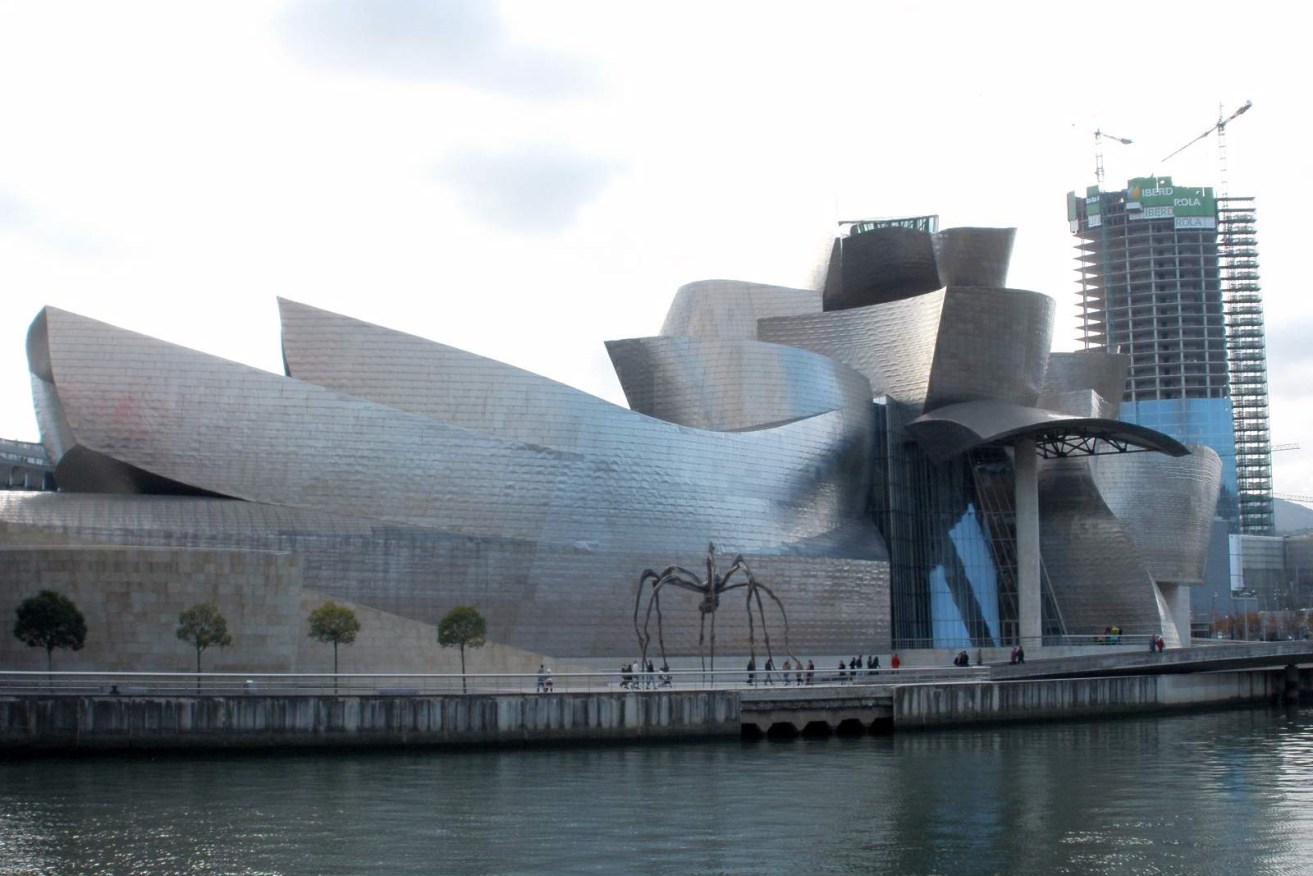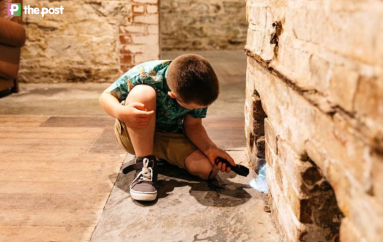Guggenheim bid company standing by to help SA
More than a decade ago, an Australian manufacturing city concerned about its potential decline decided to pursue the idea of its own Guggenheim museum. That idea ran out of momentum, but the company behind it stands ready to help Adelaide build its own icon by the river, writes Terry Plane.

The Guggenheim in Bilbao. Photo: Zarateman via Wikimedia Commons
In April, InDaily ran an article on architecture, education, economic stimulation and the impact on a city of a great building, such as the Guggenheim Museum in Bilbao. To say it received a mixed reaction would be an under-statement. Many professions are comfortable, conservative corners of the communities they serve, and architecture’s no exception. Some people thought the article unfairly bagged the training of architects. Rather, it encouraged a broadening of architectural training. But there was support from more progressive figures within the profession.
Interestingly, in discussions about architecture in Adelaide, InDaily was offered exclusive access to the pre-feasibility study on a major cultural facility in Geelong, written in 2002. Well may you think that’s not much of an exclusive (Geelong, 2002, etc), but it’s a fascinating document that has great relevance to Adelaide in 2016.
The report was commissioned by Guggenheim Bid Limited, the principals of which travelled some way down the track towards pulling together government and private support, as well as design ideas, for a Guggenheim museum for Geelong. The key sections of the report, that remain relevant today, are those dealing with costs and benefits. They form a compelling argument for the revival of the Geelong proposition, transposed to Adelaide.
Bilbao in the early 1990s was an industrial city in decline: high unemployment, ageing infrastructure, social decay. The master-stroke of developing the Frank Gehry-designed Guggenheim Museum on the northern bank of the Nervion River, a run down waterfront part of town, not only created employment, it stimulated the local economy to the extent that the city was able to upgrade not only its hospitality industry, but also vital infrastructure such as air and rail terminals, and local transport.
It opened in October 1997. In today’s money, the building cost $260 million. In its first year of operation it attracted 1.36 million visitors. More than one million of them visited Bilbao expressly to visit the museum.
The economic impact of that one building was calculated at $400 million in year one – $560 million in today’s money.
“Architecturally significant buildings… are important masterpieces in their own right,” the Geelong Guggenheim report found, making the obvious point that visual impact increases the ability to attract visitors. “It is clear that a significant proportion of the initial tourism interest in some of the newly-developed cultural facilities can be primarily attributed to the architectural attraction of the building design.”
The report, prepared by PricewaterhouseCoopers and Jonah Jones + Associates, projected that a Guggenheim in Geelong would become at least as great an attraction as the Australian War Museum in Canberra, the National Gallery of Victoria in Melbourne, or the new Melbourne Museum. In other words, it would become one of Australia’s major attractions.
This was at a time when Geelong’s civic leaders could foresee the decline and disappearance of the city’s major industrial complexes, run by Shell Oil and the Ford Motor Company. Sound familiar?
Guggenheim Bid Limited had three principals. One of them was Geoff Whitbread, CEO of Geelong Council and a former senior executive in local government in South Australia.
“The lesson that comes out of this is that Geelong was losing its manufacturing base, and we were proposing a replacement industry,” he says now.
Whitbread and his bid colleagues went to Bilbao to see for themselves Gehry’s magnificent creation, and to New York City to see the principals of the Guggenheim Foundation. On the latter mission they were accompanied by Victorian Premier Steve Bracks. Whitbread says the proposition simply “ran out of puff”, despite having renowned Italian architect and designer Mario Bellini so interested he started sketching ideas on a table-cloth in a restaurant along the Great Ocean Road from Geelong. Whitbread made sure that table-cloth didn’t go to the laundry!
The PwC/Jones reports lays down a few key points for determining a locale for development of such a significant building: water frontage, open spaces, and proximity to accommodation, transport infrastructure and visitor amenities. They weren’t thinking of the banks of the Torrens, but they could have been.
They estimated the development cost of the building at $250 million ($350 million today), but also estimated the short-term economic impact at $300 million ($420 million today), plus significant job creation, which would provide a return to government via taxation.
They described the proposition as a “catalyst for growth”.
“The experience of leading new international facilities both validate and contribute to the increase, and importance, of cultural tourism,” the report states. They suggested a facility based on contemporary art and culture, with an emphasis on Australian art.
Art Gallery of South Australia director Nick Mitzevich is pushing for a new contemporary gallery for Adelaide in the city area, preferably in the riverbank precinct.
“It has to be in Adelaide,” says Geoff Whitbread. “It has a great chance to come off.” And he says Guggenheim Bid Limited would be “prepared to share our knowledge”.
He describes Bilbao’s decision to build the Guggenheim as “brave”, but believes that dire economic circumstances demand brave decisions.




